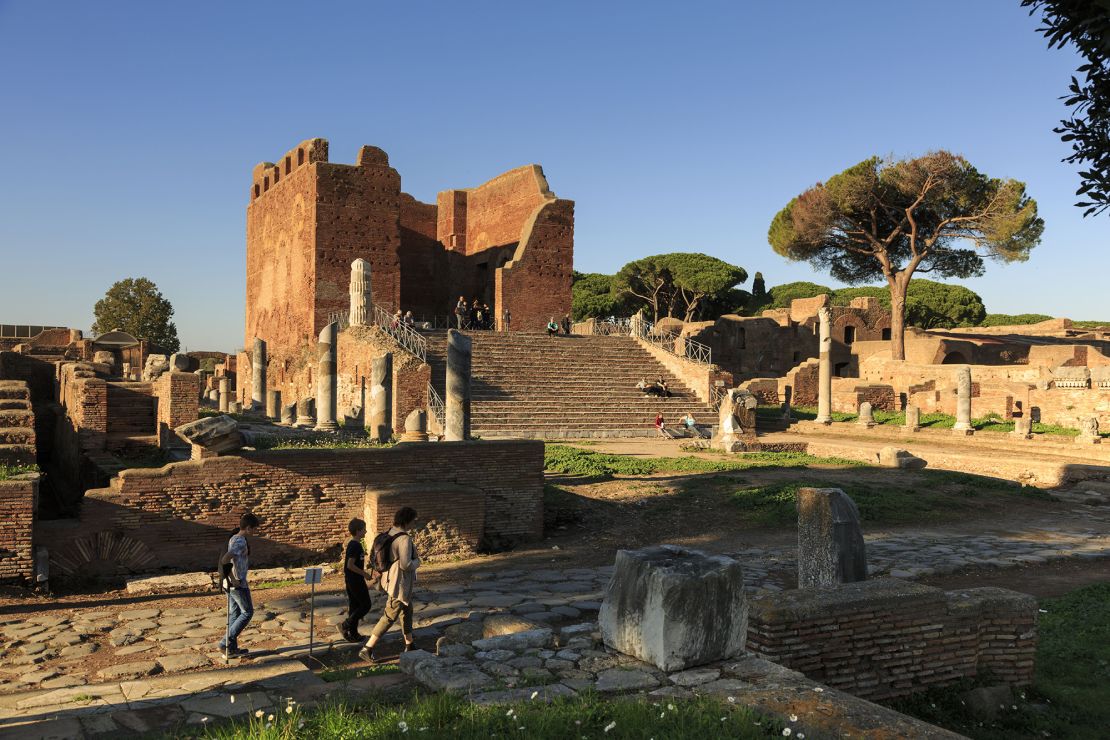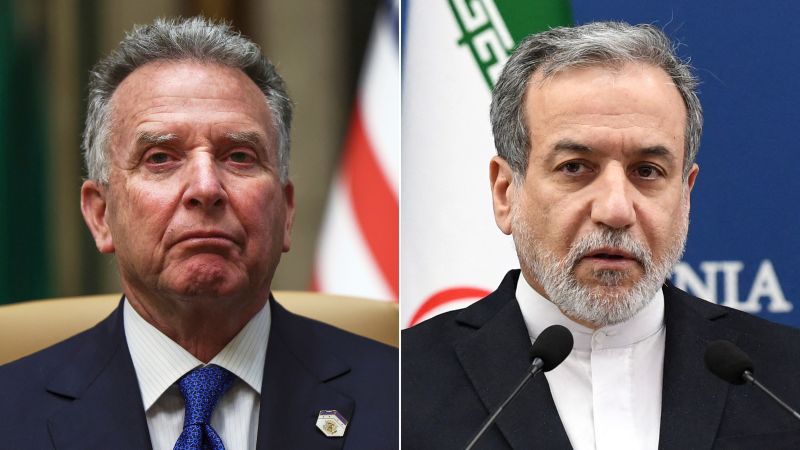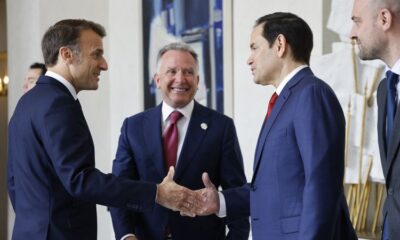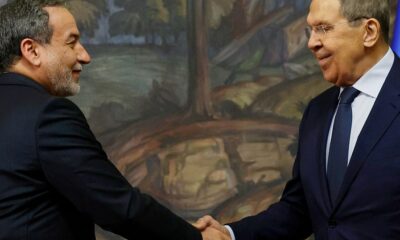Sign up for CNN’s Wonder Theory science newsletter. Explore the universe with news on fascinating discoveries, scientific advancements and more.
CNN
—
The ruins of an ancient Jewish ritual bath have been found near Rome – the oldest such discovery outside of the biblical region of Israel and the surrounding area.
The “mikveh,” used by religious Jews for ritual purification, was discovered during the ongoing excavation of the ancient port city of Ostia. It was the first Roman colony and an important urban center of antiquity, 16 miles from Rome.

“This is an absolutely extraordinary discovery,” Alessandro D’Alessio, director of the Archaeological Park of Ancient Ostia, said Monday at a presentation of the find.
“No Roman mikva’ot (the Hebrew plural of mikveh) were previously known outside of ancient Judea, Galilee and Idumea (the ancient region located in modern-day Jordan), and it cannot but confirm the extent of the continuous presence, role and importance of the Jewish community in Ostia throughout the Imperial age (if not before).”
The ritual bath is in part of what was the Ostia Synagogue, built at the end of the 2nd century AD. Located inside a small room, it was covered with blue plaster and shells and was framed by a series of columns.

“The discovery of an ancient Jewish ritual bath, or mikveh, which came to light in the archaeological park of Ostia Antica, strengthens the historical awareness of this place as a true crossroads of coexistence and exchange of cultures, a cradle of tolerance between different peoples who found their union in Roman civilization,” Italy’s minister of culture, Alessandro Giuli, said in the statement.
Other finds at the site included small statues and marble fragments, according to a statement on the Ostia archaeological park website. There was also a lamp decorated with the image of a menorah and palm branch, and an intact glass goblet. Both objects date to between the 5th and 6th centuries AD.
He added that the find “attests to how deeply rooted the Jewish presence was” in the heart of ancient Rome.
Believed to have started off as a naval base, the historic city was preserved by sand dunes that covered it. Ostia Antica is often compared to Pompeii and only a third of the city, which was used as a marble quarry during the construction of palaces and Catholic churches in the building of Rome, has been excavated.
The most recent excavations, which were started by Benito Mussolini, were halted during World War II and then picked up sporadically until 2022.
The current excavation is part of a research project launched in 2022 by the Archaeological Park of Ancient Ostia, the University of Catania and the Polytechnic of Bari and is aimed at carrying out digs in two strategic areas of the ancient buried city.
As laid out by strict religious guidelines, the mikveh would have been supplied with rain or spring water and would have been deep enough to allow for the complete immersion of an average-sized man, D’Alessio said.
Alfonsina Russo, head of Italy’s department for the promotion of cultural heritage, called for the monument to be made “accessible to the public as soon as possible.”
Riccardo Di Segni, the chief rabbi of Rome, echoed this call and added: “The history of the Jews of Rome is enriched today by another, precious monument that testifies to their thousand-year-old settlement and the care in the observance of traditions.”
“The discovered environment is also functional and elegant,” Di Segni noted.






















